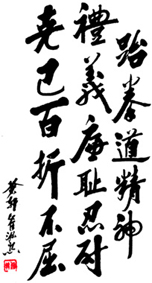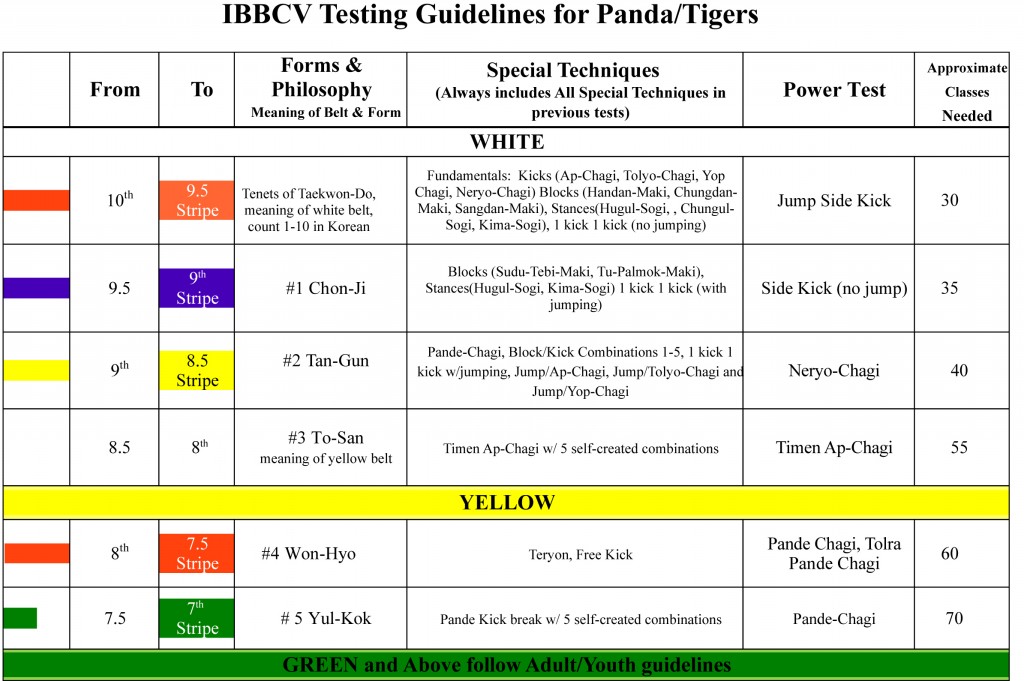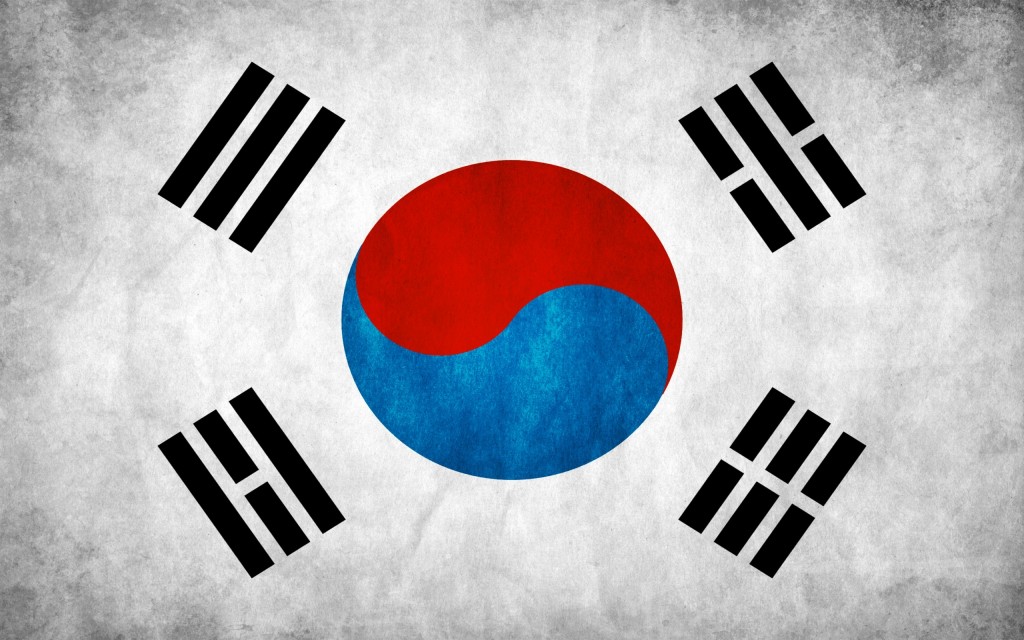 Welcome Members of the International Black Belt Center!
Welcome Members of the International Black Belt Center!
Here you will find all the information you may need for testing requirements, self defense videos, and school policies.
If you ever have a question please email us at ibbcvtaekwondo@gmail.com.
This site is still in Progress! Please be patient while we upload information.
- 5 Tenets
- Forms “Hyong”
- Testing Requirements
- TKD Videos
- Terminology
- Korean Flag
- Dojang Rules and Etiquette
There are five tenets of Taekwon-Do. A tenet is a ‘core belief’ or value and in Taekwon-Do. The tenets of TaeKwonDo deal with the fundamental elements of etiquette. They should serve as a guide for all students of the art.
TaeKwonDo aims to achieve:
Tenets of Taekwon-Do #1: Courtesy
Courtesy, or 예의 in Korean Hangul (pronounced ye-wee), refers to showing courtesy to all others in the dojang (training area or school) as well as people you may meet outside of formal Taekwon-Do training. Included in this tenet is observing correct etiquette and manners at all times. Your behavior and attitude must include proper courtesy at all times.
Tenets of Taekwon-Do #2: Integrity
Integrity, or 염치 in Korean Hangul (pronounced yom-chee), includes not only the general definition of integrity where one is not only able to determine the difference between right and wrong but also being able to stand up for what is ethically correct. Being honest and having strong moral principles is paramount and working hard to be beyond corruption are important aspects of the tenet of integrity.
Tenets of Taekwon-Do #3: Perseverance
Perseverance, or 인냬 in Korean Hangul (pronounced een-nay), simply refers to the willingness of the Taekwon-Do student to continue to strive even though there may be obstacles that appear to keep you from your goal. Through persistence one can reach their goal. This applies to their Taekwon-Do training as well as other aspects of their lives.
Tenets of Taekwon-Do #4: Self Control
Self control, or 극기 in Korean Hangul (pronounced gook-gee), means to have control over your thoughts as well as your actions. Maintaining a pure mind as well as a pure body by keeping your emotions in check, particularly in difficult or trying circumstances.
Tenets of Taekwon-Do #5: Indomitable Spirit
Indomitable spirit, or 백절불굴 in Korean Hangul (pronounced beckjool boolgool), is difficult to define but generally refers to having the courage to stand up for your beliefs and to stay strong in those beliefs and convictions no matter what the odds against you may be. It also refers to consistently exhibiting a full 100% effort in all that you do inside the dojang (training area) and in life.
The 5 tenets of Taekwon-Do are a guide for a student’s behavior inside the dojang but are meant to extend outside the gym and into real life. It is a through these tenets that one’s character is built up with the practice of Taekwon-Do and the repetition and memorization is important for young students as they begin their training. It is important for each student of Taekwon-Do to take some time to think about applying the 5 tenets to their daily lives in how they act and interact with others in all situations.
The pattern names below are shown with Revised Romanization spellings; however, the traditional spellings are shown in parentheses if they vary from the modern standard, since those patterns have long been known with those spellings.
1st – CH’ON-JI Means the Heaven and Earth. The creation of the world or beginning of human history. The pattern is two parts; one to represent the Heaven, the other to represent the Earth. There are 19 movements. 2nd – TAN-GUN This form is named after the Holy TAN-GUN, the legendary Founder of Korea, in the year 2334 B.C. There are 21 movements.
3rd – TO-SAN The pen-name of the patriot AN CH’ANG-HO (1876-1938 ) who devoted his entire life to furthering the education of Korea and its Independence Movement. There are 24 movements.
4th – WON-HYO Was the name of the noted Monk who introduced Buddhism to the Silla Dynasty in the year of 686 A.D. There are 28 movements.
5th – YUL-KOK Is the pen-name of a great philosopher and scholar YII (1536-1584), nicknamed the “CONFUCIUS OF KOREA..” There are 28 movements.
6th – CHUNG-GUNIMG Is named after the patriot AN CHUNG-GUN who assassinated HIRO – BUMI ITO, the first Japanese Governor-General of Korea, known as the man who played the leading part to the Japan-Korea merger. The 32 movements refer to his age at death when he was executed at LUI – SHUNG prison.
7th – T’OI-GYE Is the pen-name of the noted scholar YI’HWANG (16th Century A.D. ) an authority on Neo-Confucianism. The 37 movements of the pattern refer to his birthplace on 37’Latitude, the diagram (1) represents scholar.
8th – HWA-RANG Is named after the HWA-RANG Youth Group which originated in the Silla Dynasty about 1350 years ago. This group eventually became the actual driving force for the unification of the three Kingdoms of Korea. There are 29 movements.
9th – CH’UNG-MU Was the given name to the Great Admiral YI SUN-SIN of the YI Dynasty. He was reputed to have invented the first armored battleship (1592 A.D.) (KOBUKSON) which was the forerunner of the present day submarine. The reason this pattern ends up with the left-hand attack is to symbolize his regrettable death, having on chance to show his unrestrained potentiality checked by the forced reservation of his loyalty to the king. There are 30 movements.
10th – Gwang-Hyong Game The King Gwang Game T’o-Wang-17 King of the Koguryo dynasty, conquered back any previously lost areas including Manchuria. The diagram represents the conquest of the lost territories and the expansion of Korea. The 39 years of his reign are represented by the 39 movements of the Hyong.
11th – Eun-Hyong P’o The Chong Mong-Chu was a loyal subject and a famous poet, whose poems are very popular in Korea. He were declared P’o-Eun and 1400 AD He lived also devoted to research in physics. The diagram of the Hyong symbolizes his unswerving loyalty to his country and king. The Hyong contains 36 movements.
12th – Ge-Baek This Hyong is named after the great General Game-Bak, who lived about 660 AD in the Paek-Chae-dynasty. The diagram of the Hyong represents his severe and strict military discipline and hard. The Hyong contains 44 movements.
13th – Yu-Sin The Korean General Kim Yu-Sin united 668 AD, the tripartite Korea during the Silla Dynasty. The Hyong contains 68 movements, which relate to the two digits of the year of unification of Korea.
14th – Chung-Yan This Hyong is named after a famous Korean general, Kim Dok-Ryong was called. He won in the war-Imzin Mudung on the mountain about 400 years ago a great victory. The end of the Hyong, an attack with the left hand points to his tragic death at the age of 27 years. The Hyong contains 52 movements.
15th – Ul-Ji Named after General Ul-Ji Mun Duk who in the 7th Century lived. He succeeded in Korea against a Chinese invasion army, which comprised nearly one million soldiers to defend. He availed himself of this guerrilla tactic. The diagram of the Hyong represents his surname. The Hyong contains 42 movements. The number of movements refer to the age of the author of this Hyong.
16th – Sam Il This Hyong is called after the Korean Independence Day, which reminds on 03/01/1919 andes uprising. The 33 movements refer to the number of elected officials who were responsible for the action.
17th – Co-Yang This Hyong is named after the pseudonym of the Korean patriot and freedom fighter Cho Man-ski. He dedicated his life to education and independence of Korea, people. The Hyong contains 39 movements, which in turn point to the geographic location of his birthplace.
18th – Ch’oi-Yong This Hyong is called after the Korean Registrar General and the 14th Century. Ch’oi-Yong was greatly respected for his loyalty, modesty, and for his patriotism. The Hyong contains 45 movements.
19th – Se-Yong This Hyong is called after the greatest Korean, King (1443 AD), the inventor of the alphabet and koereanischen known meteorologist. The Hyong contains 24 movements and is the number of Korean letters.
20th – Il-Hyong T’ong This Hyong is available for the determination of Korea which has been divided since 1945 to unite in peace. The chart and the 56 movements refer to the unity of the divided Koreas.
Counting
-
hana
-
dul
-
set
-
net
-
daseot
-
yeoseot
-
ilgop
-
yeodeolp
-
ahop
-
yeol
Daily
Ahnyong hasayo – Hello!
Kam sahamnida – Thank you
Chaman-heh-yo – You’re Welcome
General
- Hyong – Form
- Hosinsul – Self defense
- Kyek pa – Board break
- Ilbo Taeryon – One step sparing
- Ibo Taeryon – Two step sparing
- Sambo Taeryon – Three step sparing
- Chayu Taeryon – Free fight / free Kick
- Sabum nim – Grand Master (5th Dan and higher)
- Kyosa nim – Master
- Dobok – Uniform
- Kihap – Scream
Strikes
- Sudu – Sword hand
- Yok sudu – Inner sword hand
- Kwon – Fist
- Ri kwon – Back fist
- Yu Kwon – Hammer fist
- Chang kwon – Palm fist
- Gwansu – Fingertips
- Palmok – Forearm
- An palmok – Inner side forearm
Foot Techniques
- Ap chagi – Snap kick
- Yop chagi – Side kick
- Tollyo chagi – Roundhouse kick
- Pandea tollyo chagi – Turn kick
- Mureup chagi – Knee kick
- Pituro chagi – Twist kick
- Dwit – kick Back kick
- Naeryo Chagi – Ax kick
- Golchyo chagi – Foot from inside to outside
- Pandal Chagi – Foot block from outside to inside
- Doro chagi – Waving kick
Stances
- Moa Sogi – Close feet
- Junbi sogi- Basic stance
- Chongul sogi – Front stance (50% back leg, 50% front leg)
- Nachuo sogi – Front stance (long, 30% back leg, 70% font leg)
- Hugul sogi – L-stance (70% back leg, 30 % front leg)
- Kojong sogi – low L-stance (50% back leg, 50% front leg)
- Kima Sogi – Horse stance, 1,5 food wide
- Dwit bal sogi – Ball of Foot stance
- Sason Sogi – Shifted horse stance (example: 17 Hyong)
- Mereup chongul sogi – Deep knee front stance
- Sujik sogi – very short L-stance (7th technic Hyong 8)
Blocks
Chungdan Maki
Sangdan Maki
Sudu teabi Maki
Tu pamlok Maki
Middle block
High block
Double forearm block (last technic Hyong 5.)
Double sword hand block
Execution forms
Cha’tulki
Gora
Miro (chagi)
Maki
Tearigi
Tulki
Teabi
Duro
Gawi
Breakthrough (example: yop cha’tulki)
Hooking (example: Gora pandae chagi)
Pushing (kick)
Blocking
Strike technic
Stabbing
Defensive posture
Shovel
Scissor (block, kick or strike to two sides…)
Directions and Postures
Pakkuro
Ollyo
Naeryo
Ap
Dwit
Tora
Ha dan
Chung dan
Sang dan
To
Outwards
Upwards
Downwards
Forwards
Backwards
180 dagree turn/ change side
Lower level (low)
Middle level (middle)
Higher level (high)
Double
Korean Flag Symbolism
There is a lot of meaning in the Korean flag, which is also called Taekkuk (referring to the Yin and Yang halves of the circle in the center of the flag.
The flag consists of three parts: the white background, the red and blue circle in the center and four trigrams, one in each corner of the flag.
The white background of the flag means peace. The red and blue circle in the center is called ‘Taeguk’, the origin of all things in the universe. The central thought is perfect harmony and balance: A continuous movement within the sphere of infinity, resulting in one unit. The blue part of ‘Taeguk’ is called ‘Eum’ or in Chinese, Yin, and represents all negative aspects of the balance while the red part is called ‘Yang’ and describes all the positive apects. The circle itself represents unity – bringing together the negative and the positive, while the Yin and Yang represent the duality. Examples of duality are heaven and hell, fire and water, life and death, good and evil, or night and day
The four trigrams at the corners (called ‘Kwe’ in Korean) also represent the concept of opposites and balance. The trigrams are heaven (upper-left) and at the other corner earth, water (upper-right) and at the other corner fire. Looking at symbols of the trigrams, you can see that they are opposites as well. Three unbroken bars (heaven) vs. three broken bars (earth), etc.
Symbolic of the nation is the white background (the land), the circle (people), and the four trigrams (the government). All three make up the essential elements of the nation.
- Proper respect must be shown at all times to the school, instructors, black belts, and all fellow students.
- All students are expected to be courteous and understanding. Whenever you approach your instructor, bow first and then speak to them politely. Advanced students are expected to set a good example to new students and assist such students whenever necessary.
- Enter the training area quietly. Stretch or sit in the back while waiting for class to begin.
- Do not enter class late or leave early without an instructor’s permission. If arriving late, do 20 pushups and start to stretch in the back of class and await the instructors permission to join.
- Never face the flags, your instructor, or the Black Belts when fixing your belt or uniform.
- When class officially begins students should line up according to rank. Highest ranking to the front right facing the Instructor.
- If the Chief Instructor is late, the highest rank is teaching.
- Observe and listen when the instructor speaks or explains a technique to someone. This information will often help you improve your own techniques.
- Proper Taekwon-Do uniforms (dobok) will be worn for all Tae Kwon Do classes. A Tee Shirt, if worn under a uniform should be white.
- Wear your uniform in the proper manner. The belt you have earned is part of your uniform and should be on and tied properly before leaving the dressing room.
- Personal hygiene is important. A clean uniform and exercise clothing, cleanliness, trimmed nails, clean hands and feet, etc., are expected on the part of all members.
- Techniques must be executed with control and respect for each other’s safety.
- The following are prohibited in the dojang training area:
- Shoes
- Smoking
- Horseplay
- Hats
- Chewing Gum
- Profanity
- Arguing
- Wearing watches or jewlery of any kind
- Do not interfere with an ongoing class at any time.
- Return school equipment to its proper place after you are done using it.
- It is everyone’s duty to keep the school clean and tidy.
- Members must take their belongings with them after their class and are not to be left in the locker room.
- All members should respect the need for quiet during class, tests, and meditation in class.
- You must have the approval of your instructor to join a tournament or competition.
- Do not engage in activities that may degrade the reputation of the school. This includes fighting, disrespect, illegal activities, etc.
- Each student is expected to follow the tenets of Taekwon-Do inside and outside of the dojang.
- Remember that rank advancement will be awarded at the discretion of the Master Instructors. Your attitude and commitment to doing your best play a very important role in rank advancement.
These rules are for the benefit of all Taekwon-Do students. Violations can lead to belt demotion, suspension or permanent dismissal from the school.





